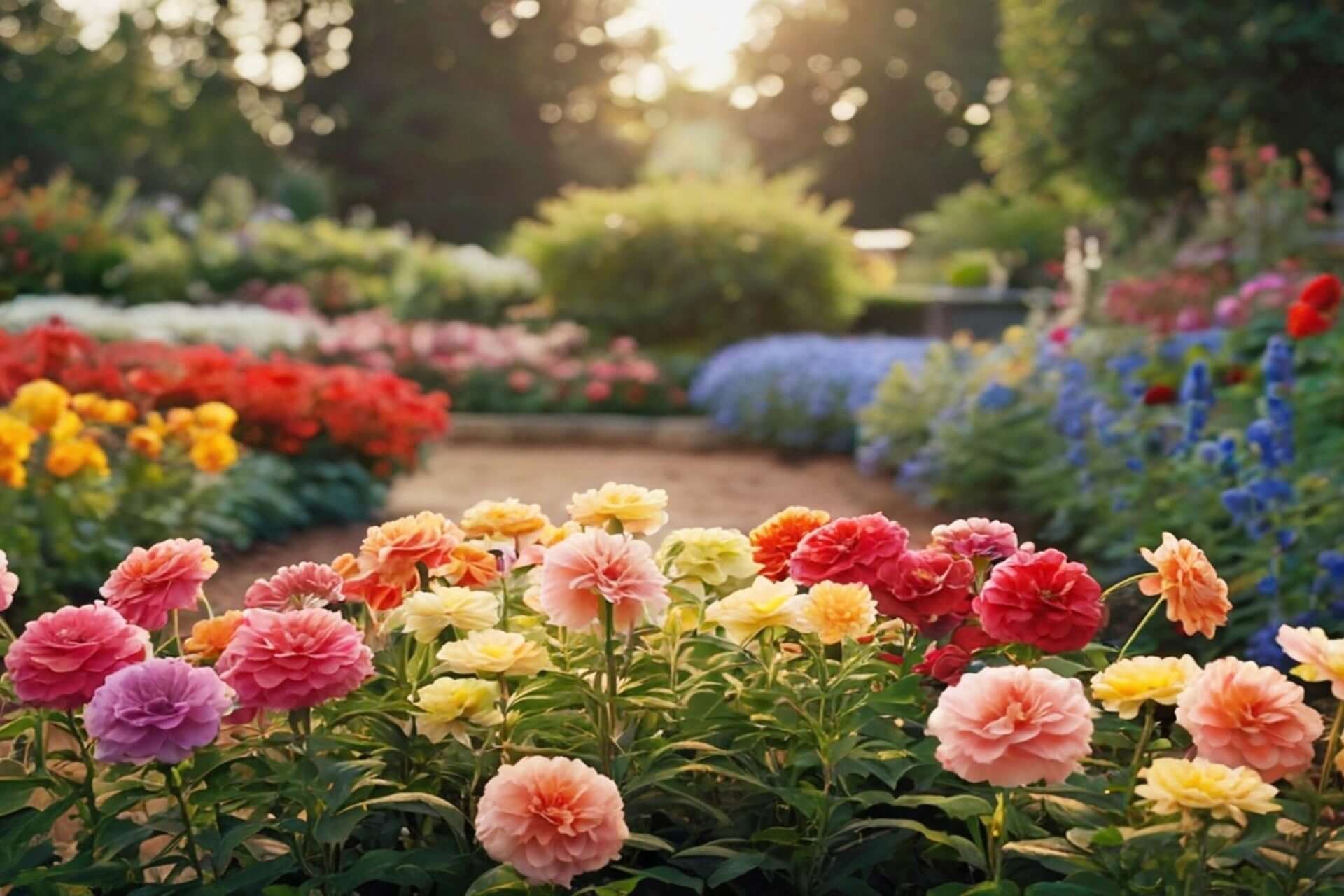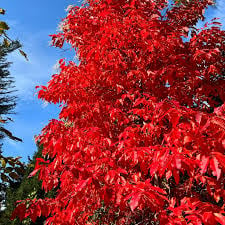Plants stand out from other living beings because they help maintain Earth's life systems. Every plant part performs its unique function, starting with its root system, which is held tight to the soil, and ending with its leaves receiving energy from sunlight. Learning about plant anatomy teaches us more about plants while helping gardeners grow healthy plants.
The Roots: Plants Establish Their Basic Existence Through Their Underground System
Roots form the base of a plant structure, holding it steady while letting water and nutrients enter through it. The root base produces one straight primary root and multiple horizontal secondary roots. Root systems stay fixed in the soil to protect plants from being blown away or washed away by water. Plants need these parts to store the nutrients and carbohydrates they need when they face hard times.
Plants have different root types: taproots, fibrous, and adventitious roots. The taproot system of American Beech trees (Fagus grandifolia) reaches deep into the soil to protect against dry conditions. The shallow-reaching roots of grass plants spread extensively to stop soil from washing away. Adventitious roots emerge from parts of the plant other than the primary root system and are found in plants like ivy and corn.
Plants must have healthy roots to thrive. During planting, avoid damaging roots or creating too many roots together, as this affects plant development and root support.
The Stem: The Plant's Lifeline
As the main structure of a plant, the stem supports the plant while transferring vital resources from roots to leaves and back. The stem is a transportation route for plants by connecting nodes where leaves and branches develop with internodes, representing the empty spaces between nodes. This transport system includes the xylem, which moves water from roots to leaves, and the phloem, which distributes sugars made through photosynthesis.
Plants develop unique stem systems that help them survive in their natural habitats. The Sourwood tree (Oxydendrum arboreum) grows well in different soils because its woody stems are strong and tall. Herbaceous plants like the Jewelweed (Impatiens capensis) grow best in shady, moist environments because their flexible stems adapt well.
Gardeners need to trim plant stems because this process improves new branches' growth and controls plant diseases. Gardeners who understand stems can better care for their plants and help them grow strong.
The Leaves: Solar Panels of Nature
Leaves perform photosynthesis by turning sunlight into energy for the plant, and people can easily spot them on any growing plant. Plants' many leaf shapes and growth patterns match their needs for life in different environments.
A leaf's internal structure consists of the blade area where photosynthesis happens, a petiole that connects to the stem, and vein networks for nutrient transport. A wax layer known as the cuticle covers leaves to stop them from losing water. Stomata on the surface of leaves act as tiny pores to enable oxygen outflow and carbon dioxide inflow.
The Ginkgo Biloba tree (Ginkgo biloba) stands out with its fan-shaped leaves because they display a vibrant golden color during autumn, which makes gardeners seek them out. When planted in garden beds and borders, Goat's Beard (Aruncus dioicus) leaves appear as feathered compounds.
Leaves can also protect plants. Plants with spiny or hairy leaves defend themselves from herbivores, while Jewelweed plants produce medicinal secretions that help heal skin.
Plants in Action: Three Unique Offerings
Examining the details of particular plant species offers valuable insights into plant anatomy. Here are three plants that showcase the diversity of the plant kingdom:
Sourwood Tree (Oxydendrum arboreum)
The deciduous Sourwood Tree becomes famous during fall because its leaves transform into colorful red, orange, and purple shades. The plant stands out because it flowers with white-scented blooms during summer. Sourwood trees grow best in acidic soil with good drainage and need full sunlight to light shade.
Jewelweed (Impatiens capensis)
Jewelweed grows naturally in wet forest areas because it needs shady spots to grow and produces vibrant orange flowers. Many pollinating bees and hummingbirds visit its flowers while people use it traditionally to calm skin problems.
Goat's Beard (Aruncus dioicus)
This garden perennial shines in shaded plantings with its tall, plume-shaped cream flowers. It does best in moist soil and can create textural and tall garden borders in wooded areas.
Understanding Plant Parts Reveals Their Natural Splendor
Every plant part works together naturally to help the plant grow and stay alive. Gardeners who understand root, stem, and leaf functions can choose better plants and better care for their plants. Every garden plant brings unique features to the gardening world, including deep roots of American Beech, elegant leaves of Ginkgo biloba, and soft Goat's Beard stems.
Read more

These plants are known for their towering flower spikes adorned with blooms in shades of blue, lavender, white, and pink. They are perfect for cottage gardens, mixed perennial borders, or as a dram...

A scratch garden is an essential outdoor space that uses natural elements and plants to let you explore gardening creativity while staying sustainable. Gardeners can freely combine plant types and...



